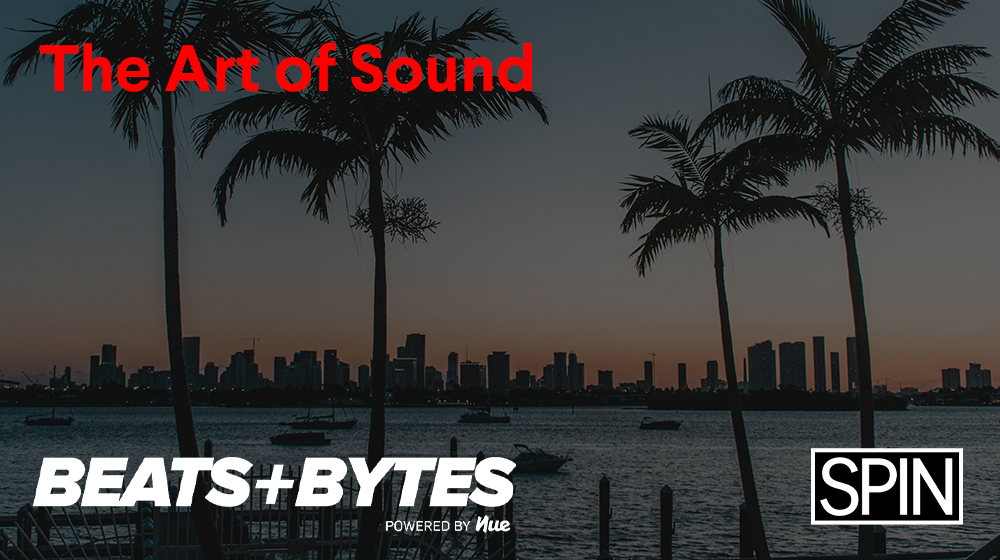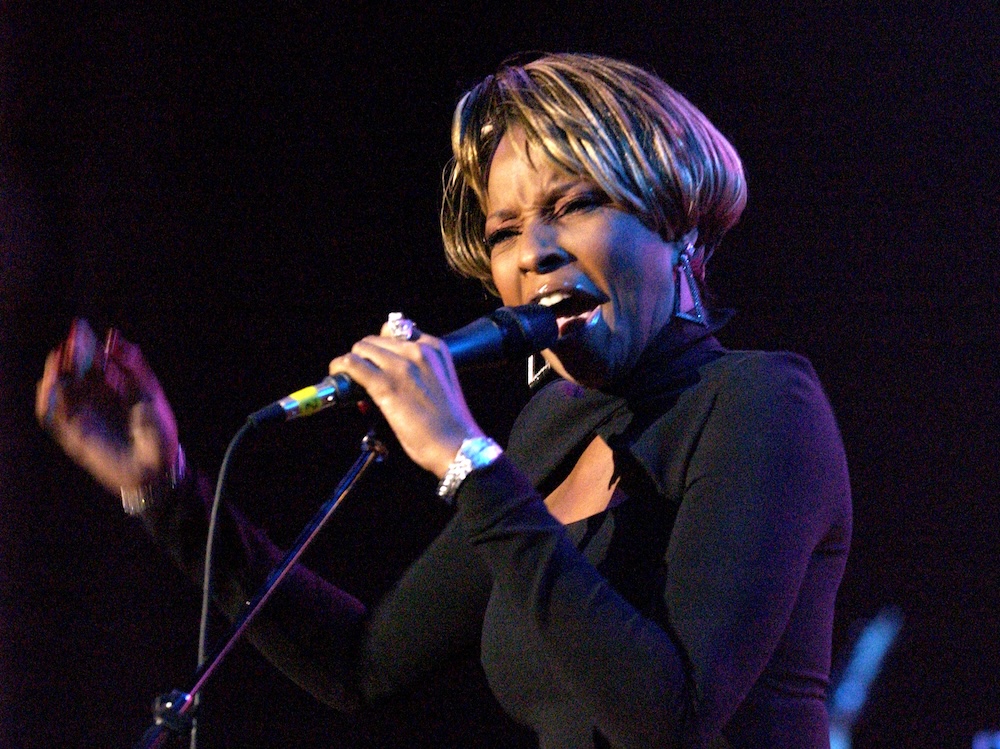
One of the most apt and unquestioned honorific nicknames in popular music is the Queen of Hip-Hop Soul. Mary J. Blige was born in the Bronx in the early ’70s, much like hip-hop itself. By the time she came of age in the projects of Yonkers, she was singing backup for rappers like Father MC while idolizing soul divas like Chaka Khan and Aretha Franklin. From those influences, she helped create a tough but emotive fusion of rap and R&B that would loom large over popular music in the 1990s and beyond.
For the last 32 years, Mary J. Blige has worked with the biggest rap stars of every era, including classics with Method Man, Jay-Z, and Lil’ Kim, while also proving she could sing duets with just about anyone, from Bono to George Michael. In the past decade, Blige has taken more acting roles, becoming a series regular on The Umbrella Academy and Power Book II: Ghost and earning an Oscar nomination for her work in 2017’s Mudbound. Music has remained her legacy, though, with 15 studio albums (16 including soundtracks).
More from Spin:
The Struts’ Luke Spiller ‘Can’t Stop Talking’
COUNTRY GIRL: Lainey Wilson
Lana Del Rey Country LP ‘The Right Person Will Stay’ Due In May
In October, Mary J. Blige was inducted into the Rock & Roll of Fame. This month, she followed that achievement with the release of Gratitude, which she’s said could be her final album. Where does it rank in her legendary catalog?
16. Stronger with Each Tear (2009)
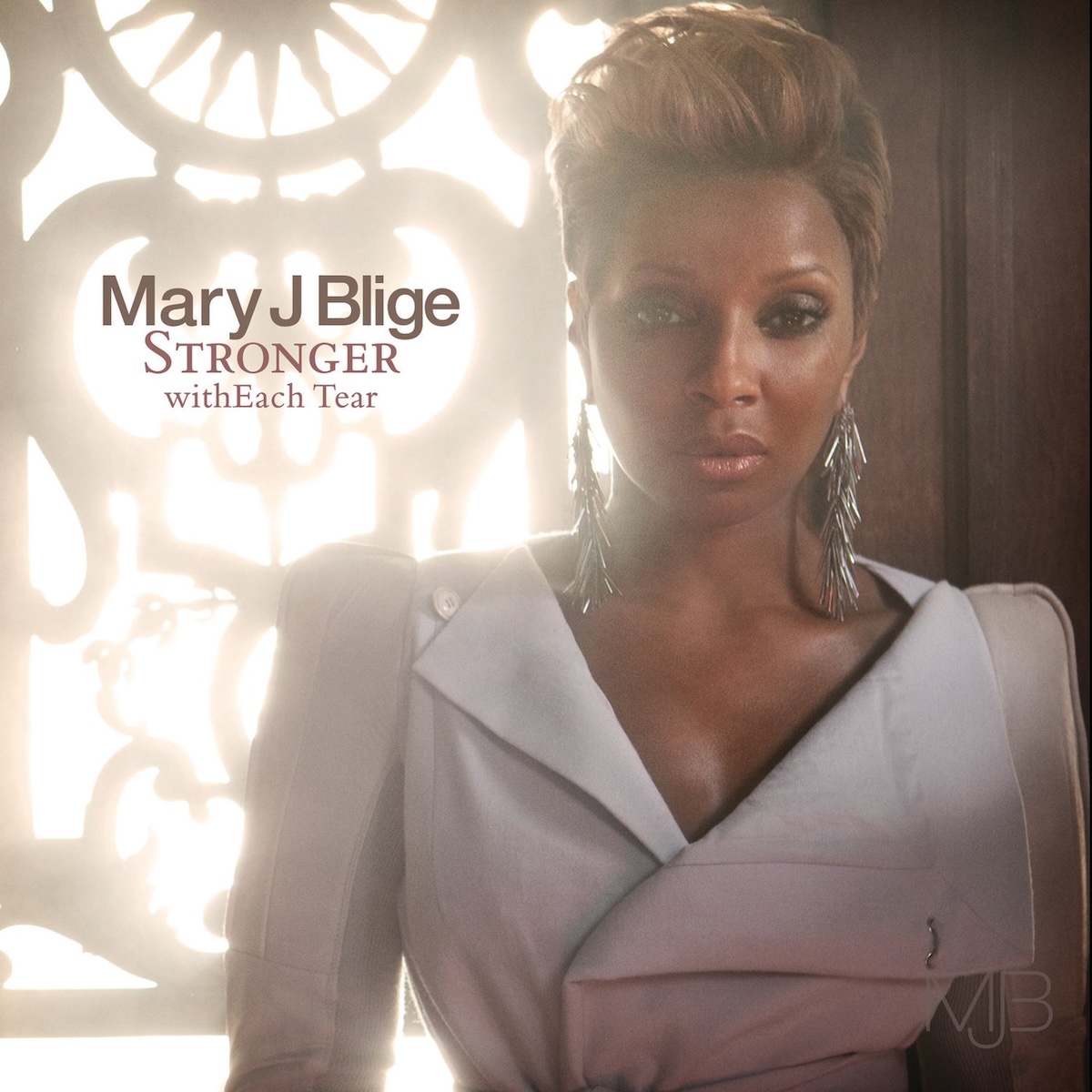
Blige’s albums have kept up with the changing sound of hip-hop over the years, and that’s helped keep her relevant. You can hear the pitfalls of that approach in Stronger with Each Tear, though, as the clubby, synthetic sound of mainstream rap circa 2009 had become a terrible match for her voice. The Runners and Polow Da Don could make great, career-defining tracks for younger artists, but Blige just sounded out of step on their production. The trendy Auto-Tune on her voice and the Drake guest verse on the lead single “The One” didn’t entice her fanbase, and Stronger with Each Tear became her first album to sell under a million copies.
15. A Mary Christmas (2013)
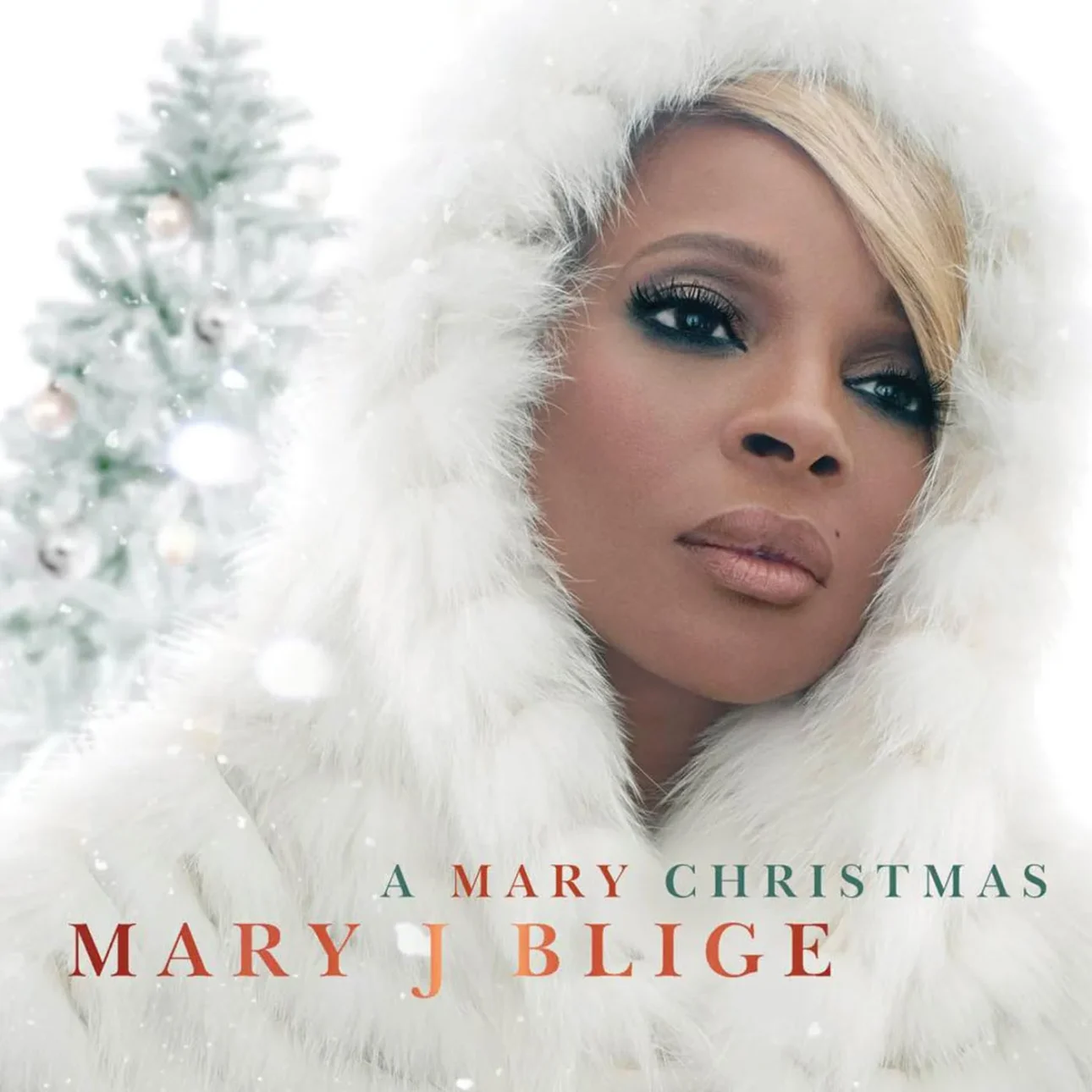
A Mary Christmas is admittedly a great title, but it may be the most memorable thing about Mary J. Blige’s blandly professional holiday album. Recording with veteran adult contemporary producer David Foster (Chicago, Josh Groban), Blige keeps everything in a pleasant easy-listening zone. The closest the album comes to a feisty unexpected creative choice is the swinging big band version of “Rudolph, The Red-Nosed Reindeer” and a bilingual “Silent Night” duet with Marc Anthony. At least Blige does justice to R&B’s greatest holiday staple, Donny Hathaway’s “This Christmas.” “A Mary Christmas is an undeniably listenable but sadly too-safe hodgepodge of department-store standards,” Eric Henderson wrote in the Slant Magazine review of the album.
14. Good Morning Gorgeous (2022)
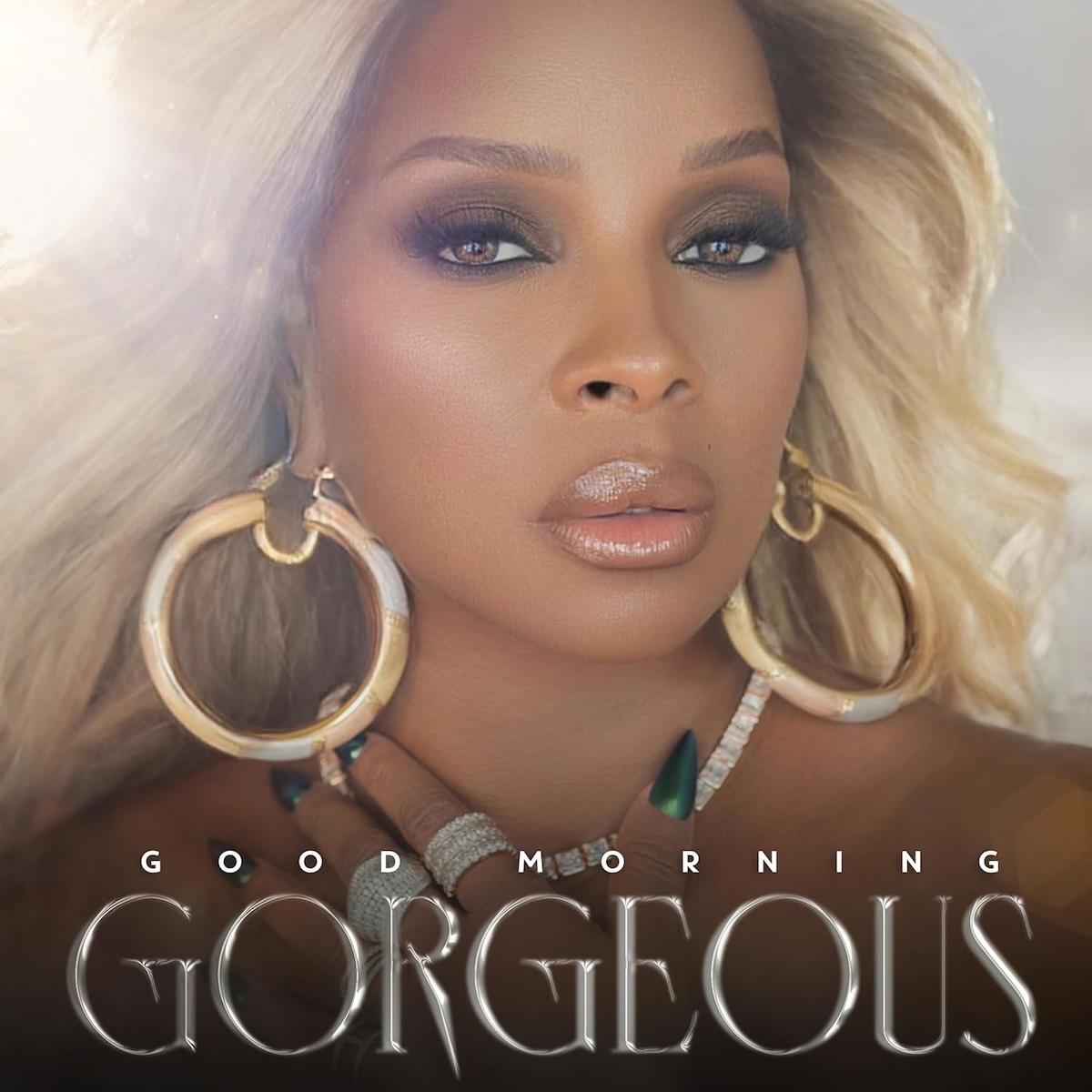
The Grammys have a habit of recognizing veteran artists well after their peak, and it took the Recording Academy 30 years to give Mary J. Blige a nomination for the prestigious Album of the Year award. Good Morning Gorgeous, which lost the award to Harry Styles, isn’t a bad album, but it’s hardly a high watermark in her career. Blige’s voice has become more raspy with time, and instead of finding material that suits it, Good Morning Gorgeous surrounds Blige with loud distractions like drill beats and DJ Khaled ad-libs. One bright spot on the album is the Usher collaboration “Need Love,” a major step up from their previous duet, “Shake Down” from 2007’s Growing Pains.
13. My Life II… The Journey Continues (Act 1) (2011)
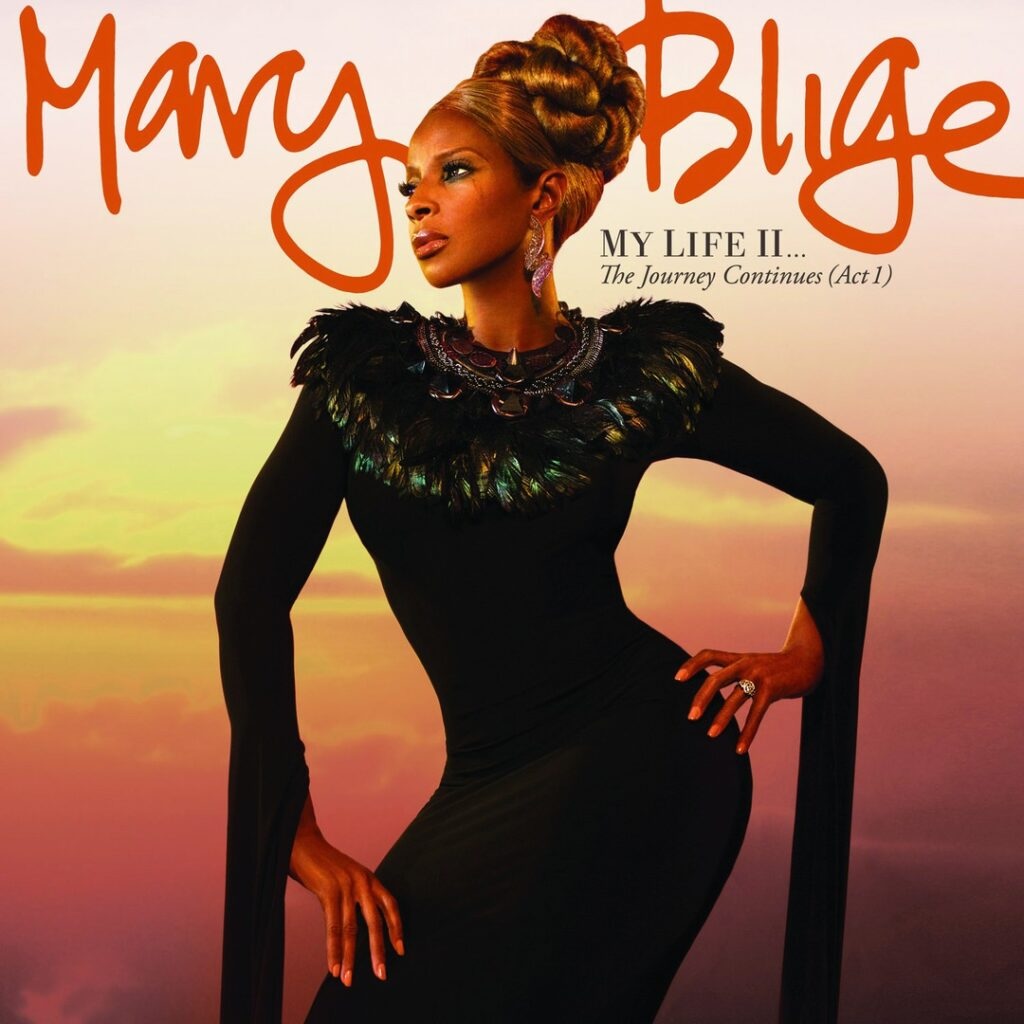
Sequels get a bad rap in Hollywood, but at least movies have a story that can be continued. When a musician releases a sequel to one of their beloved early albums, it’s almost purely an exercise in branding and nostalgia. My Life II, like 1994’s My Life, is about Mary J. Blige’s life, but so are all of her albums, and there’s no particular musical thread connecting those two records. The propulsive, soulful “25/8” is one of Blige’s best later singles, and “Need Someone” is a gorgeous acoustic ballad, but My Life II just didn’t live up to its status as the sequel to a classic. A few months after the album was released, Blige took one of the biggest missteps of her career, filming a widely mocked commercial for Burger King’s chicken sandwich.
12. Love & Life (2003)
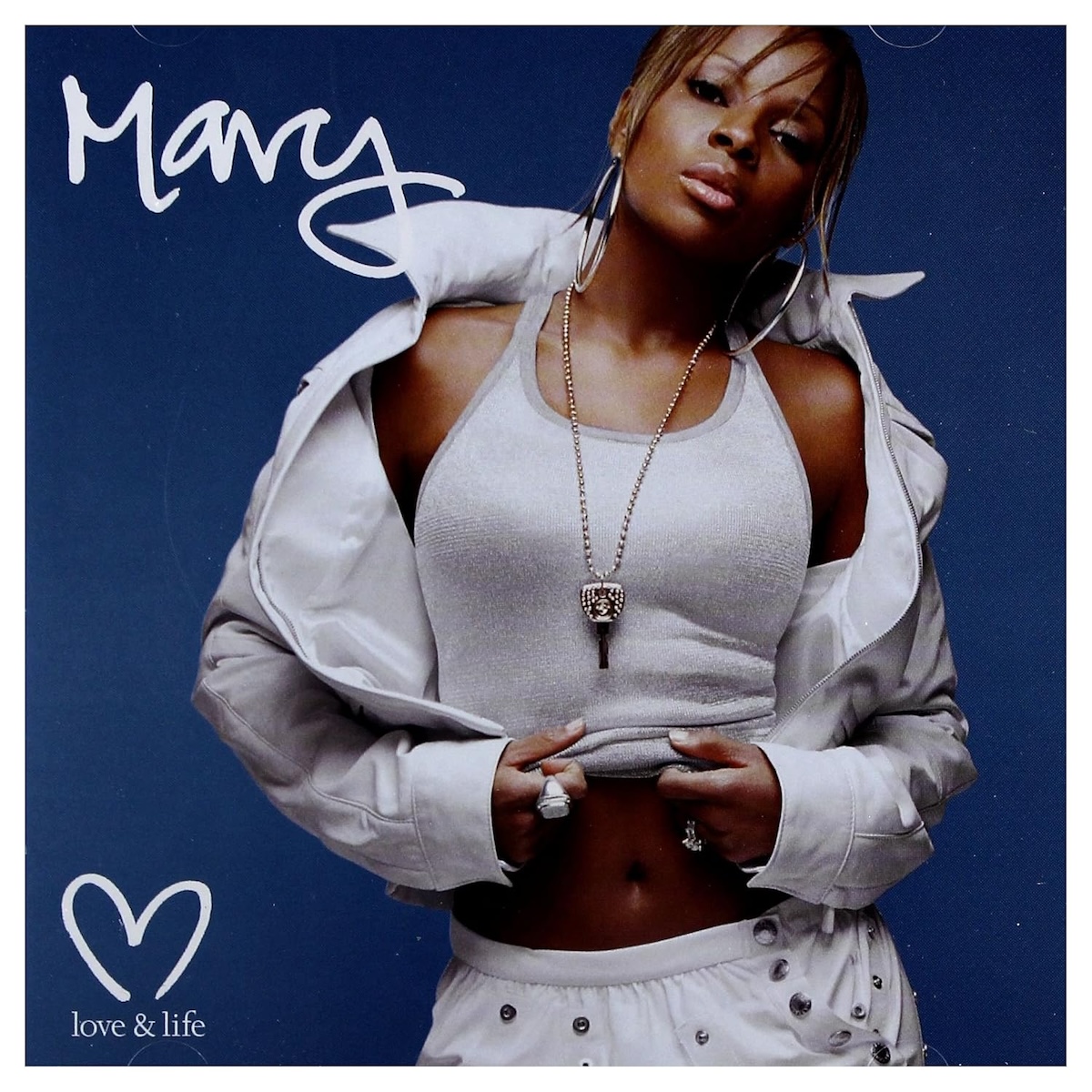
Love & Life was not a sequel, but it was another deliberate throwback to an earlier era of Blige’s career. Sean “Diddy” Combs, the executive producer of Blige’s first two albums, returned to oversee Love & Life, and the lead single “Love @ 1st Sight” reunited Blige with Method Man, her duet partner from the massive 1995 hit “I’ll Be There for You/You’re All I Need to Get By.” Diddy’s career recently ended in disgrace, but he was always more of an administrator anyway, putting Blige in the room with talented beatmakers like Kay Gee and Malik Crosby. Love & Life was an underperforming album that Blige released in between two better and far more popular albums, but deep cuts like “Willing & Waiting” and the darkly cinematic “Friends” have aged well. “Her positive messages of self-knowledge, romance and brooking no nonsense feel even more resonant because the insights are hard-won,” Natalie Nichols wrote in the Los Angeles Times review of Love & Life.
11. Mary (1999)

In 1999, Mary J. Blige was a 28-year-old R&B superstar in her prime. Someone at MCA Records evidently thought her sound needed a boomer-friendly makeover, however, and her fourth album featured contributions from Eric Clapton, Aretha Franklin, and Dianne Warren, and a lot less hip-hop influence. Aside from her debut and her Christmas album, it’s the only time Blige co-wrote just half the songs on an album, so Mary feels like it actually has less of Mary in it. Still, the songs from outside writers include the sublime Lauryn Hill-penned hit “All That I Can Say,” and future hitmaker Rich Harrison’s auspicious first major label credit, “Beautiful Ones.”
10. Gratitude (2024)

In April, Mary J. Blige told People Magazine that she was recording a new project that’s “probably my last studio album.” At 53 years old, Blige sings in a lower register now, sounding hoarse at times, but there’s still a lot of expressive detail in how she sings a piano ballad like “Here I Am.” If Gratitude does turn out to be Blige’s swan song, it’s fittingly more of a love letter to New York hip-hop than any album she’s made in a long time. An interpolation of the Biggie classic “Kick in the Door” opens the album on “Breathing,” and every guest on the album is a NYC rapper (Fabolous, Jadakiss, Fat Joe, and A$AP Ferg).
9. Think Like a Man Too (2014)
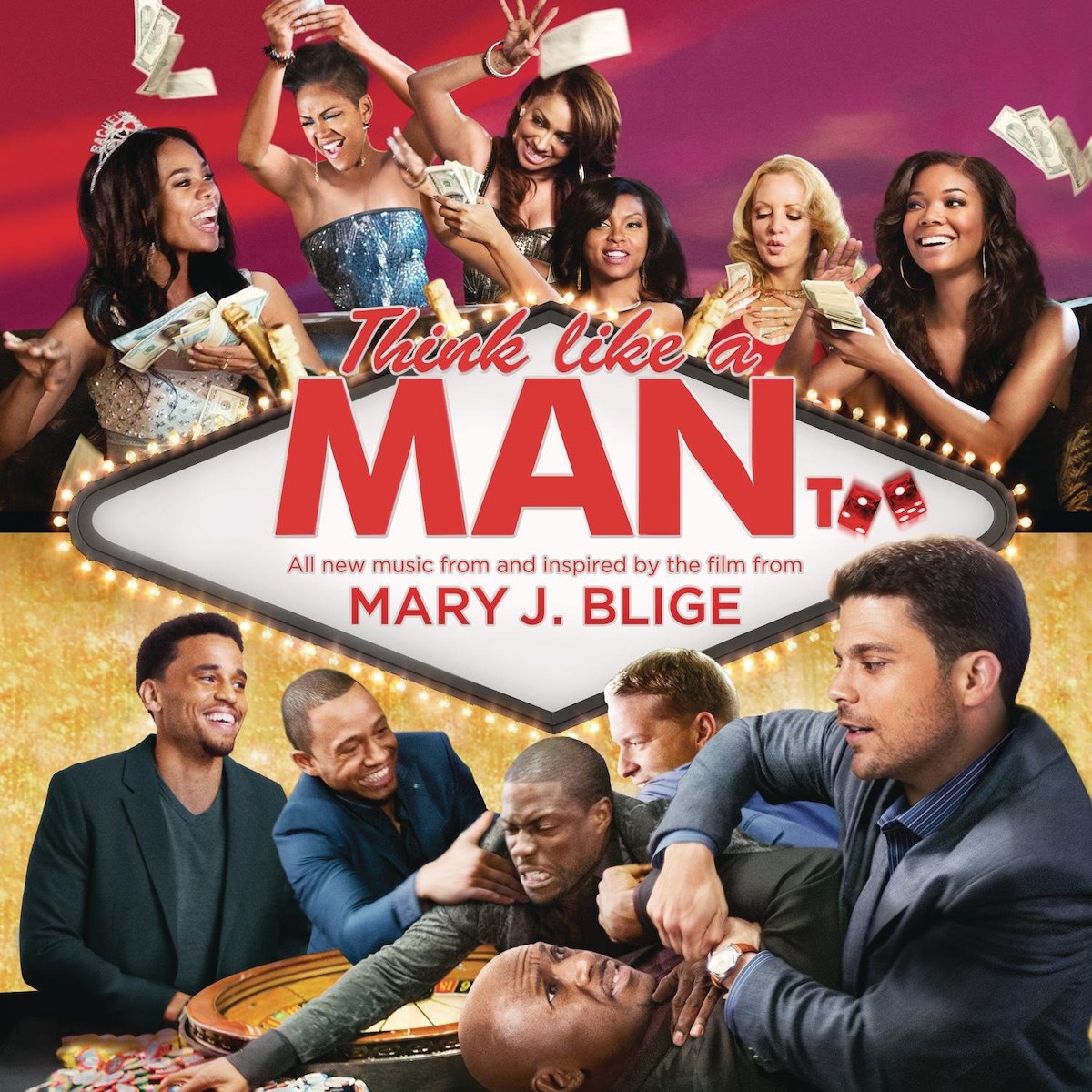
The sequel to the hit movie based on a self-help book by comedian Steve Harvey, Think Like a Man Too debuted at No. 1 at the box office in June 2014. Unfortunately, the soundtrack, a full album of new songs by Mary J. Blige, flew under the radar by comparison, reaching only No. 30 on the Billboard 200. That’s a shame because Think Like a Man Too was actually the best album Blige had made in a while. A rousing cover of Shalamar’s “A Night to Remember” kicks off the album, and “Wonderful” and “Cargo” both cruise along on breakbeats from the first A Tribe Called Quest album. It’s a breezy romcom soundtrack that doesn’t plumb the same emotional depths as Blige’s very best albums, but Pop & Oak, Pharrell Williams, and DJ Camper all contribute top-shelf tracks.
8. Growing Pains (2007)
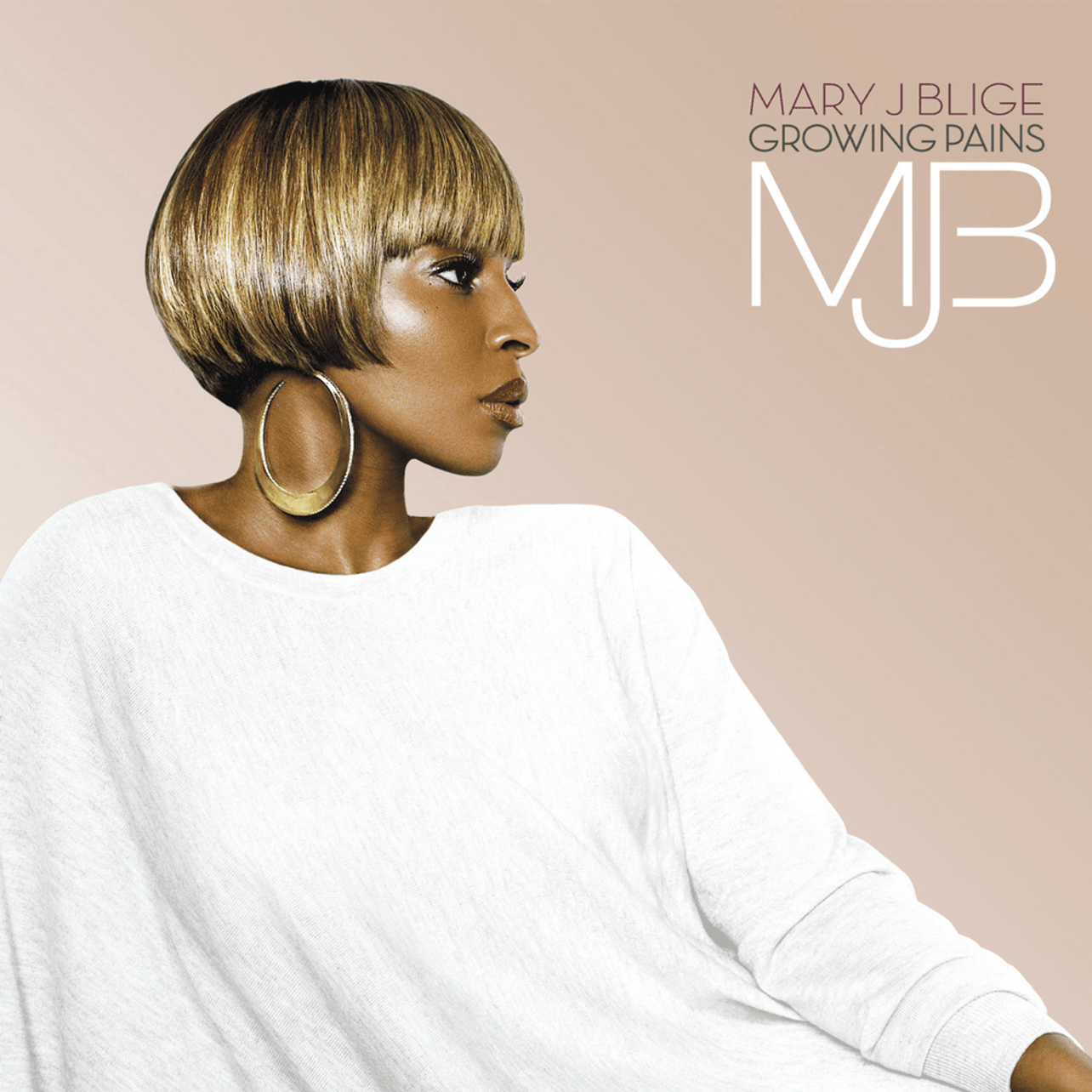
Blige began working on Growing Pains the same week she won three Grammys for The Breakthrough, and it feels like she kept up the momentum of her mid-career resurgence. The relatively unknown Atlanta songwriter Terius “The-Dream” Nash submitted “Umbrella” to Blige before it became a career-defining smash for Rihanna. Blige did wind up with several great songs by The-Dream for Growing Pains, however, including the quietly intense “Roses,” and “Just Fine,” a killer lead single that probably suited her voice a little better than “Umbrella.”
7. No More Drama (2001)
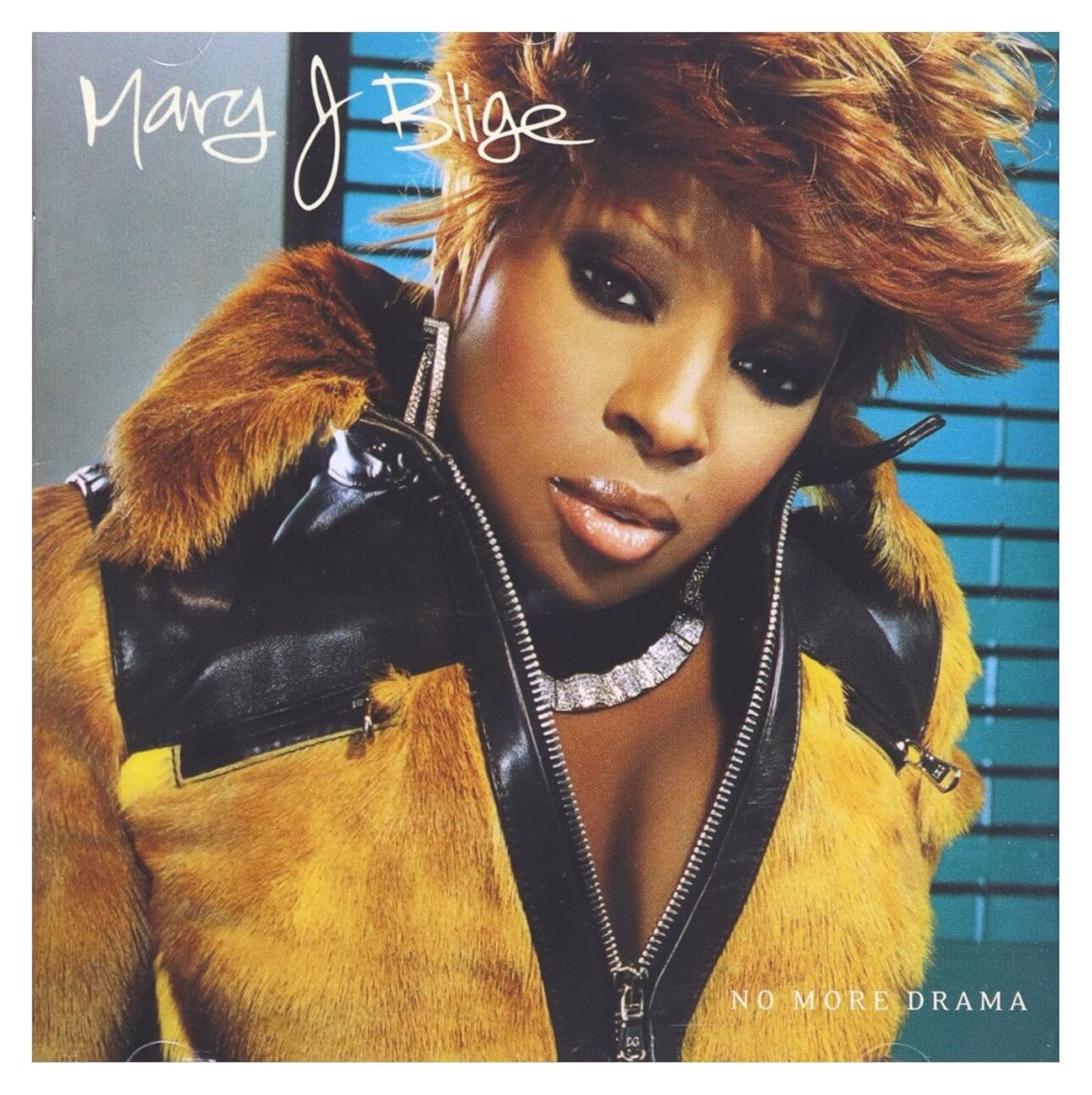
After the somewhat stuffy and grown-up Mary, Blige came roaring back into the clubs with the only Hot 100 chart-topper of her career, the Dr. Dre-produced “Family Affair.” No More Drama was a Y2K blockbuster that kept Blige on the “Total Request Live” countdown alongside Britney and the boy bands. For an artist so beloved for her unvarnished grit though, the album is a little too spotless and crossover-ready outside of the blunt and bluesy “PMS.” “On cuts such as ‘Keep It Movin’’ she further explores the soul and jazz riffs in her vocal repertoire, and is barely recognizable as a hip-hop siren,” Robert Marriott wrote in the Rolling Stone review of No More Drama.
6. The London Sessions (2014)
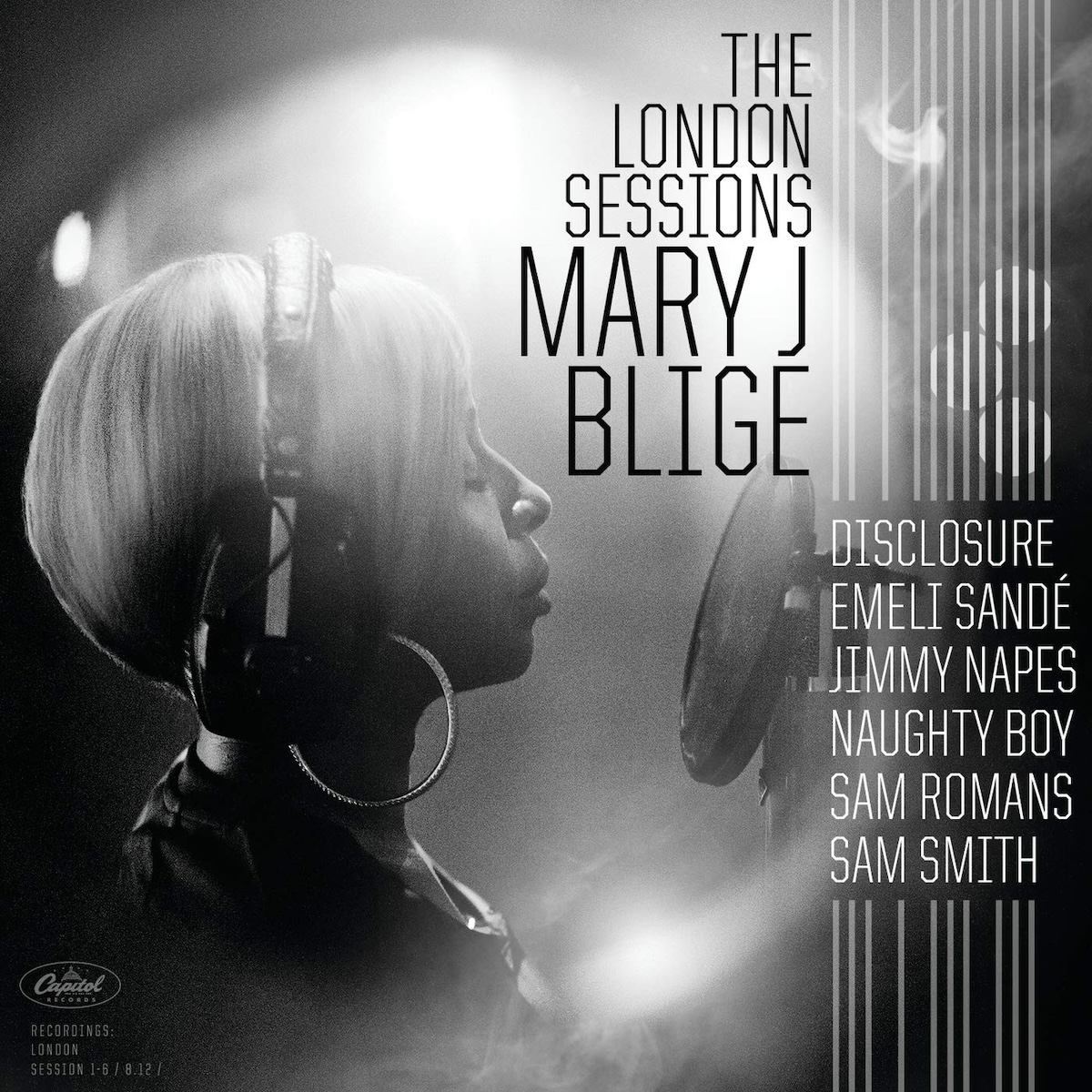
“Latch,” a collaboration between the Surrey dance duo Disclosure and the London singer-songwriter Sam Smith, became an unlikely crossover hit on American R&B radio in 2013. A year later, Mary J. Blige chose both acts, as well as other Brits like Emeli Sandé, MC Cole, and Naughty Boy, as collaborators for her next album. The London Sessions revitalized Blige’s sound, while also placing her within an old tradition of albums that featured a singer recording in a faraway city and soaking in new influences, like Dusty in Memphis or Chuck Berry in London. Blige rises to new challenges on The London Sessions, as she belts the regal “Doubt” and locks into the stuttering syncopation of “Right Now.” “When she’s beset by doubt, as is always going to happen with Mary, she doesn’t get overwrought about it. Matched by the spare piano-and-drums of her countryman Rodney Jerkins, she contains herself even on the pain-wracked ‘Whole Damn Year,’” Robert Christgau wrote in the Village Voice review of The London Sessions.
5. The Breakthrough (2005)

Blige has been occasionally rapping on record since 1992. But she didn’t introduce her rapper alter ego Brook-Lynn until 2005, even giving Brook Lynn feature credits on two songs on The Breakthrough, “Gonna Breakthrough” and the hit “Enough Cryin’.” The album is best remembered for the massive lead single “Be Without You,” which spent a record 15 weeks at No. 1 on the Hot R&B/Hip-Hop Songs chart, and a U2-assisted rendition of “One.” The entire album holds up well, though, with a lush, soulful sound heavy on samples of artists like the O’Jays, Nina Simone, and Lonnie Liston Smith.
4. Strength of a Woman (2017)
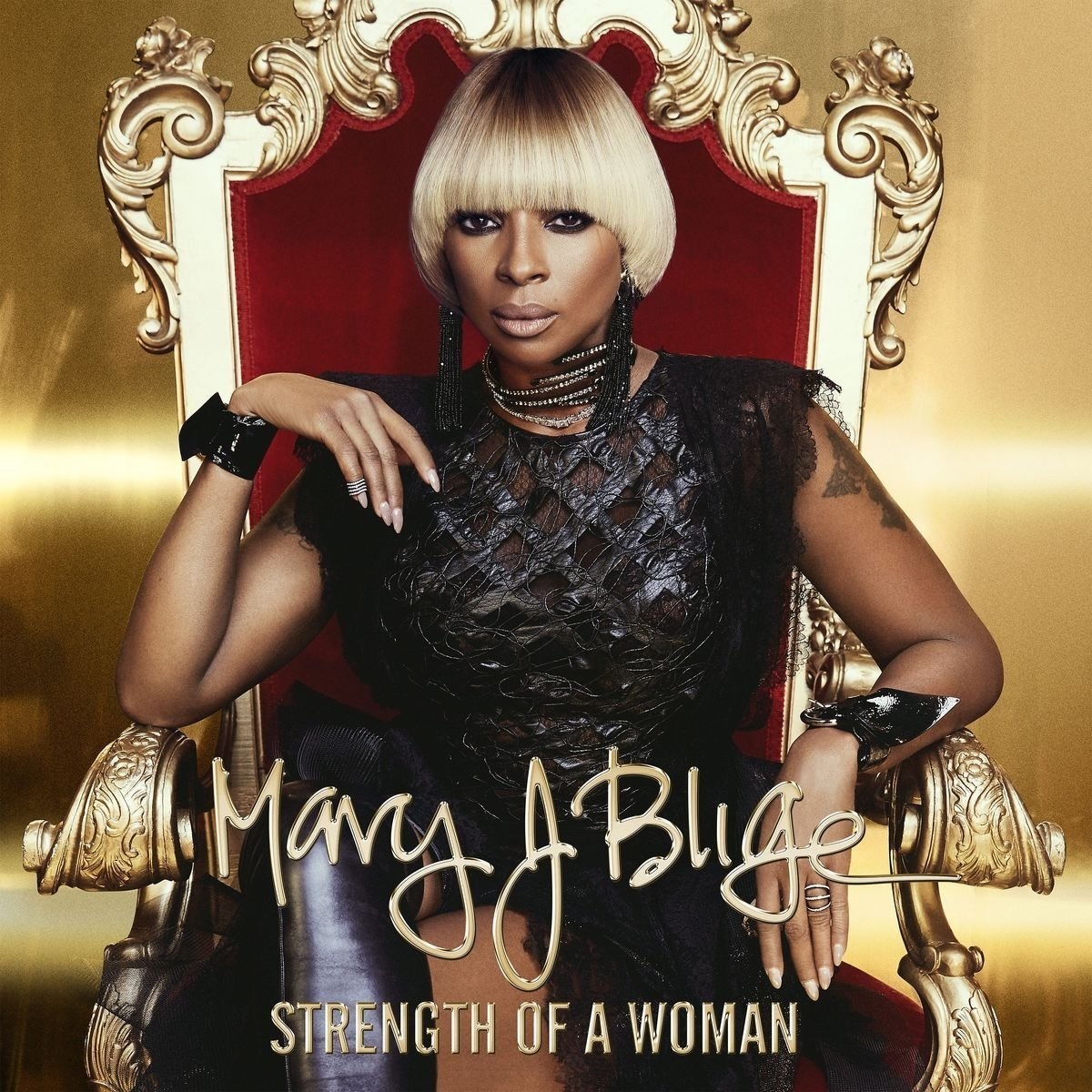
In 2016, Blige filed for divorce from her longtime manager and husband of 13 years, Kendu Isaacs. A few months later, she tweeted and deleted a message about how much she hated her soon-to-be-ex husband and promoted the release date for Strength of a Woman with the hashtag “#DuDeadDay.” The popular narrative that Mary J. Blige makes better music when she’s miserable is problematic at best, but Strength is undeniably one of the great divorce albums, with Blige singing “Set Me Free” and “Thank You” with all the righteous fury of a wronged woman. “U + Me (Love Lesson)” and “Indestructible” run together as a continuous eight-minute suite, one of the best things Blige has recorded since the ’90s.
3. What’s the 411? (1992)

If Mary J. Blige singing beautifully over thumping Audio Two and Biz Markie tracks in a baseball jersey and backward hat doesn’t seem revolutionary now, it’s because you’ve been living in a post-What’s the 411? world for three decades. The New Jack Swing era had built a bridge between hip-hop and R&B, and Blige was foremost among the new artists in the ’90s that made that bridge sturdy and permanent. MJB even trades rhymes with Brand Nubian’s Grand Puba on the title track, but it’s the sweet melodies of “Real Love” and “You Remind Me” that launched her to stardom. “She bends her gospel-bred pipes around streetwise collages consisting of hard drumbeats, rugged rap samples, and hazy synthesizer lines,” Havelock Nelson wrote in the Entertainment Weekly review of What’s the 411?
2. Share My World (1997)
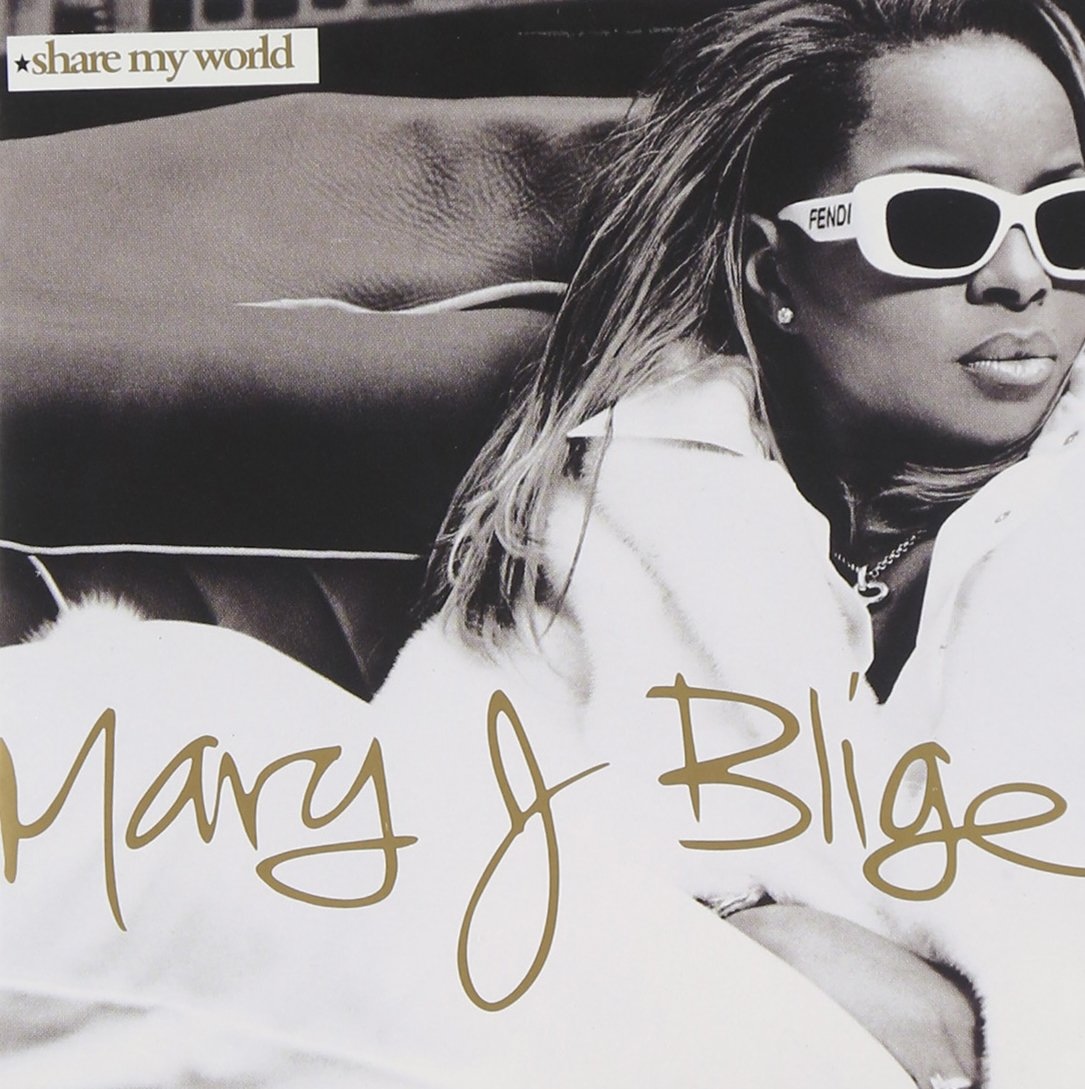
Rodney “Darkchild” Jerkins was still an up-and-coming producer with a handful of credits on singles by Gina Thompson and Joe when he entered the studio with Blige. After producing a third of Share My World, including its biggest single “I Can Love You” featuring Lil’ Kim, Jerkins would become a major hitmaker and Blige’s most frequent collaborator over the course of her career. There’s an astonishing wealth of talent on her third album, though, including Jimmy Jam and Terry Lewis, Babyface, James Mtume, and the Trackmasters, as Blige severed ties with Uptown Records and became a bigger priority at MCA. “On Share My World, Blige still sings like she has scars that will never heal,” Britt Robson wrote in the SPIN review of the album.
1. My Life (1994)
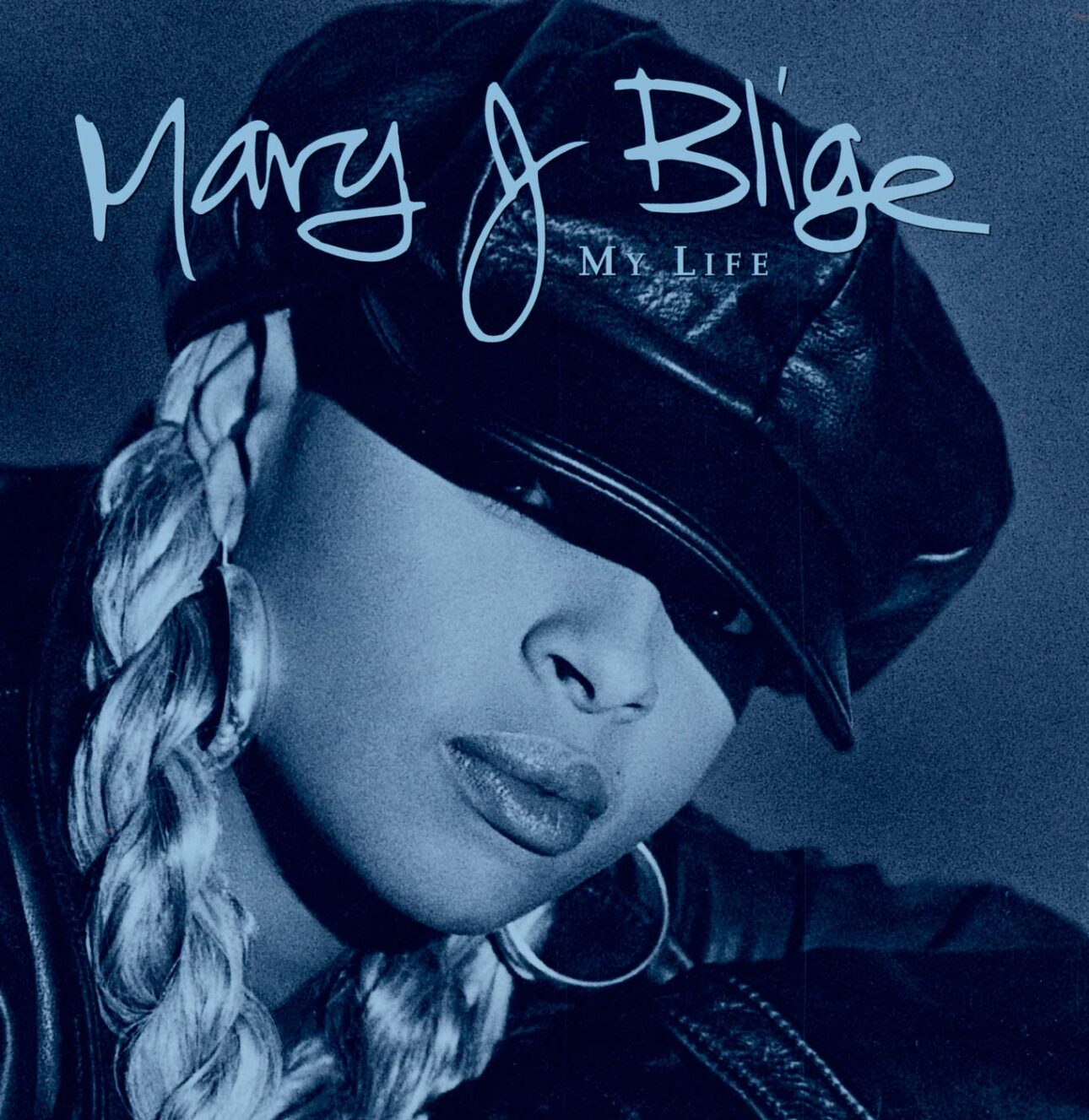
What’s the 411? established Blige as a great singer, but My Life established her as a great songwriter. Newly famous and struggling with depression, alcoholism, and an abusive relationship, Blige began writing lyrics for the first time and poured her heart into My Life. Blige’s sophomore release never contained any big crossover hits, but it remains her most beloved and most performed album, with indelible, cathartic songs like “Be Happy,” “I Love You,” and “My Life.” The primary architect of the album’s lush, moody sound was Washington, D.C. native Chucky Thompson, one of the most talented members of Bad Boy’s Hitmen production team. In 2021, a few months before Thompson died of COVID-19 complications, he appeared in the documentary Mary J. Blige’s My Life, where Blige told him, “I was all fucked up, and I needed somebody to understand through music, and you understood.”
To see our running list of the top 100 greatest rock stars of all time, click here.



